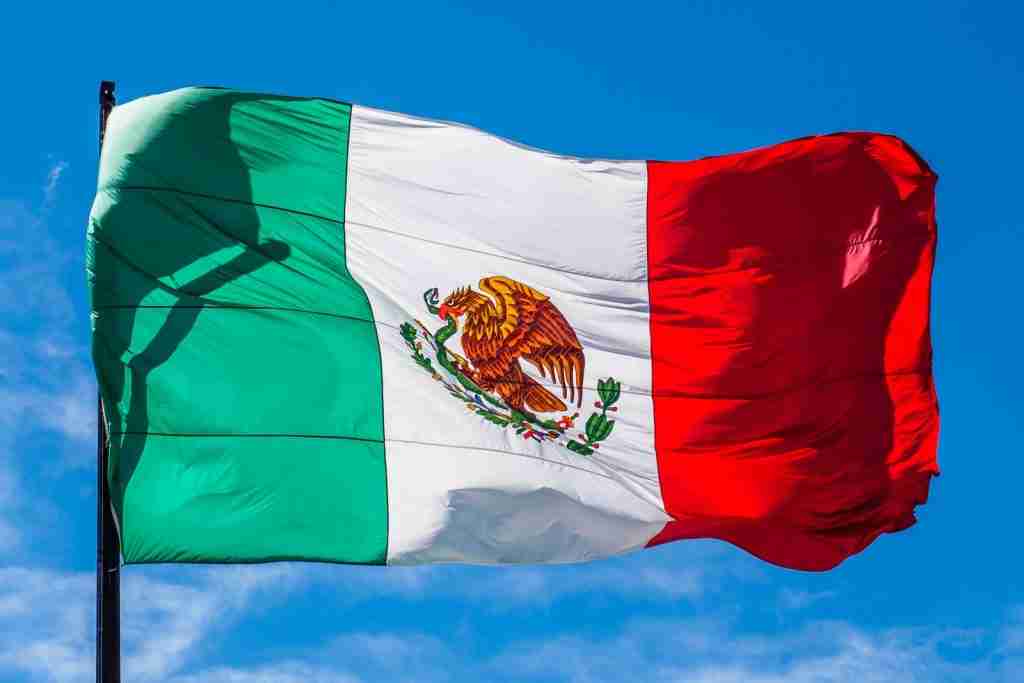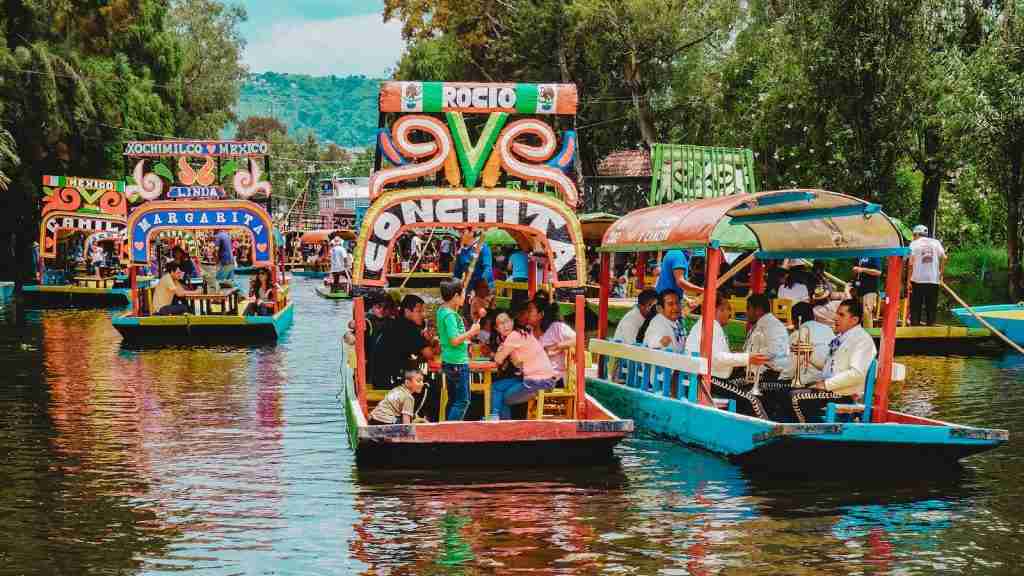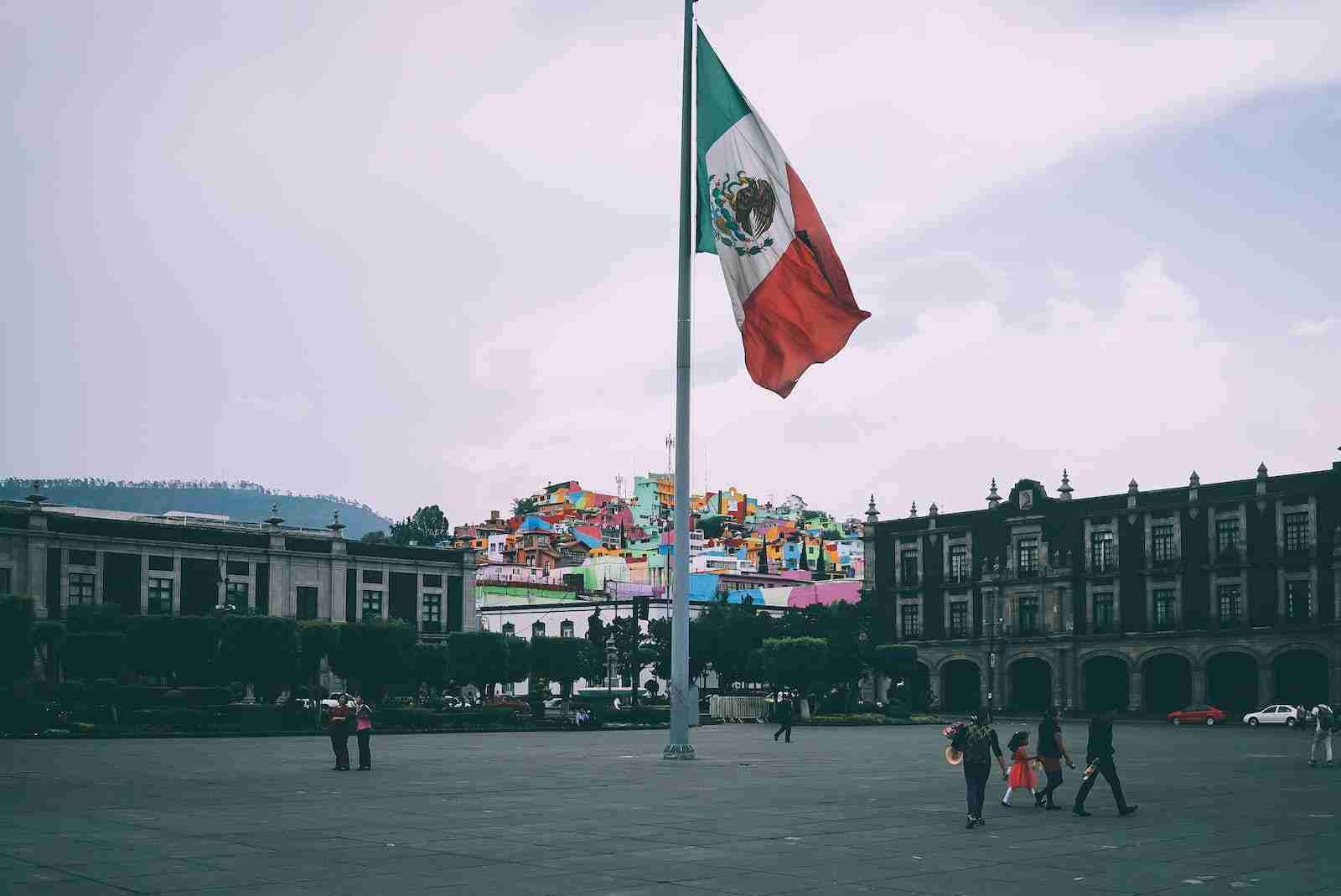27 Fun Facts About Mexico | México Mágico
1. Mexico: largest Spanish-speaking nation.
Mexico has the world’s largest population of Spanish speakers.
This linguistic dominance highlights its cultural influence in the Spanish-speaking world. It underscores the nation’s rich linguistic heritage.
2. Mexico ranks 4th in biodiversity.
With its diverse ecosystems, Mexico is the fourth most biodiverse country globally.
This environmental richness contributes to a plethora of unique plant and animal species. The country’s varied landscapes foster this biodiversity.
3. Mexico: Home to the volcano rabbit.
The rare and diminutive volcano rabbit is native to Mexico.
This species is among the smallest and most unique rabbits in the world. Its existence highlights Mexico’s unique wildlife diversity.
4. Chocolate’s birthplace is Mexico.
In Mexico, chocolate originated, a legacy dating back to the ancient Aztecs.
The cultivation and consumption of chocolate in Mexico set the foundation for its global popularity today.
5. Mexico sits on the Pacific Ring of Fire.
Mexico, part of the Pacific Ring of Fire, has over 3,000 volcanoes.
Only 14 of these volcanoes are considered active. This geographical feature shapes much of Mexico’s landscape and geological activity.
6. Site of the dinosaur-ending meteorite.
The Chicxulub crater in Mexico is believed to be the impact site that led to the extinction of dinosaurs.
This significant geological feature marks a pivotal event in Earth’s history. It is a key site for understanding planetary and biological changes.
7. Mexican cuisine: A cultural heritage.
UNESCO recognizes Mexican cuisine as an Intangible Cultural Heritage of Humanity.
This distinction celebrates the culinary traditions and flavors unique to Mexico. It showcases the country’s rich gastronomic history.
8. Home to the largest pyramid.
The Great Pyramid of Cholula, in Mexico, is the largest in the world by volume.
This ancient structure surpasses even the Great Pyramid of Giza in size. It’s a testament to the engineering skills of ancient Mesoamericans.
9. One of the largest taxi fleets is in Mexico.
Mexico City is notable for having one of the world’s largest taxi fleets.
This extensive network reflects the city’s bustling urban life. It illustrates the dynamic nature of the city’s transportation system.
10. The oldest university in North America is in Mexico.
The National University of Mexico, established in 1551, is the oldest university on the continent.
Its founding predates many other notable institutions in the Western Hemisphere. It’s a cornerstone of academic and cultural history in the region.
11. Chihuahuas originated in Mexico.
The Chihuahua, the smallest dog breed, hails from Mexico.
This breed’s compact size and lively personality make it distinctive. It’s a symbol of Mexican canine heritage.
12. Mexican flag inspired by an Aztec legend.

The emblem on the Mexican flag is based on a legend of an eagle consuming a snake on a cactus.
This symbol has deep cultural and historical significance in Mexico. It reflects the nation’s rich mythological traditions.
13. Corn: First cultivated in Mexico.
Originating in Mexico, corn has been a staple crop for over 7,000 years.
Its domestication was pivotal to the development of Mesoamerican civilizations. Corn remains a fundamental part of Mexican cuisine.
14. The World’s smallest volcano in Mexico.
Cuexcomate, located in Puebla, Mexico, is considered the smallest volcano in the world.
This geological feature offers a unique contrast to the typical perception of volcanoes. It’s a fascinating natural curiosity.
15. Day of the Dead festival.
The Day of the Dead (Día de Muertos) is a vibrant Mexican festival honoring ancestors.
This celebration blends indigenous and European traditions, symbolizing life’s cyclical nature. It’s a colorful, deeply spiritual event.
16. Leading silver producer globally.

Mexico is the top producer of silver worldwide.
This mineral wealth has played a significant role in Mexico’s economic history. Silver mining remains a major industry.
17. Cinco de Mayo: Not Independence Day.
Cinco de Mayo commemorates the Battle of Puebla, not Mexico’s Independence.
This holiday is more widely celebrated in the United States than in Mexico. It represents a significant historical victory.
18. Giant Cardón: Largest cactus.
The world’s largest is the Giant Cardón cactus in Mexico’s Sonoran Desert.
This imposing plant species exemplifies the diverse flora of Mexico’s deserts. It’s a symbol of the harsh yet beautiful desert landscape.
19. First color photograph taken in Mexico.
The first color photograph was captured in Mexico by inventor Sergio Panini.
This milestone marks a significant advancement in the field of photography. It’s a testament to Mexican innovation in technology.
20. Color TV was invented by a Mexican.

Guillermo González Camarena, a Mexican engineer, created the first color television system in 1940.
This innovation revolutionized the way the world experiences visual media. It marked a significant leap in broadcasting technology.
21. Monarch butterflies migrate to Mexico.
Millions of monarch butterflies migrate to Mexico every year.
This spectacular natural phenomenon highlights the country’s ecological significance. The butterflies’ arrival is a much-anticipated event.
22. Tequila can only be produced in certain areas of Mexico.
Tequila, a globally popular spirit, originates from specific Mexican regions.
Its production is deeply rooted in Mexican culture and tradition. Tequila has become synonymous with Mexican national identity.
23. Plaza México: World’s largest bullring.
Plaza México in Mexico City is the world’s largest bullring.
This venue is a central part of Mexican cultural heritage. It showcases the traditional sport of bullfighting.
24. Xochimilco’s “Floating Gardens” are a UNESCO World Heritage Site.

The “Floating Gardens” of Xochimilco in Mexico City are a UNESCO World Heritage Site.
These ancient agricultural practices continue to draw visitors for their beauty and historical significance. They represent an ingenious use of the aquatic landscape.
25. Pico de Orizaba: Mexico’s highest peak.
Pico de Orizaba is Mexico’s highest peak and North America’s third-highest mountain.
This towering volcano is a prominent feature of the Mexican landscape. It’s a popular destination for mountaineers and adventurers.
26. Can you share the demographics of Mexico?
Mexico has a diverse population with a mix of ethnicities and cultures. Demographics include information about age, ethnicity, and regional distribution.
27. The Olmecs: Mexico’s earliest known civilization.
The Olmecs, Mexico’s earliest known civilization, are famed for their colossal head sculptures.
This ancient culture laid the foundation for later Mesoamerican civilizations. Their artistic and architectural contributions are still admired today.
FAQs
Mexico is a country. It is officially known as the United Mexican States and is located in North America.
Visa requirements for Mexico vary based on the purpose of the visit. Common types include tourist visas, business visas, and work visas.
The colors of the Mexican flag are green, white, and red. The flag features the national coat of arms in the center.
The official language of Mexico is Spanish. However, there are also indigenous languages spoken by various ethnic groups.
Some popular Mexican foods include tacos, nachos, mole, and chiles en nogada. The best Mexican foods depend on individual taste preferences.







